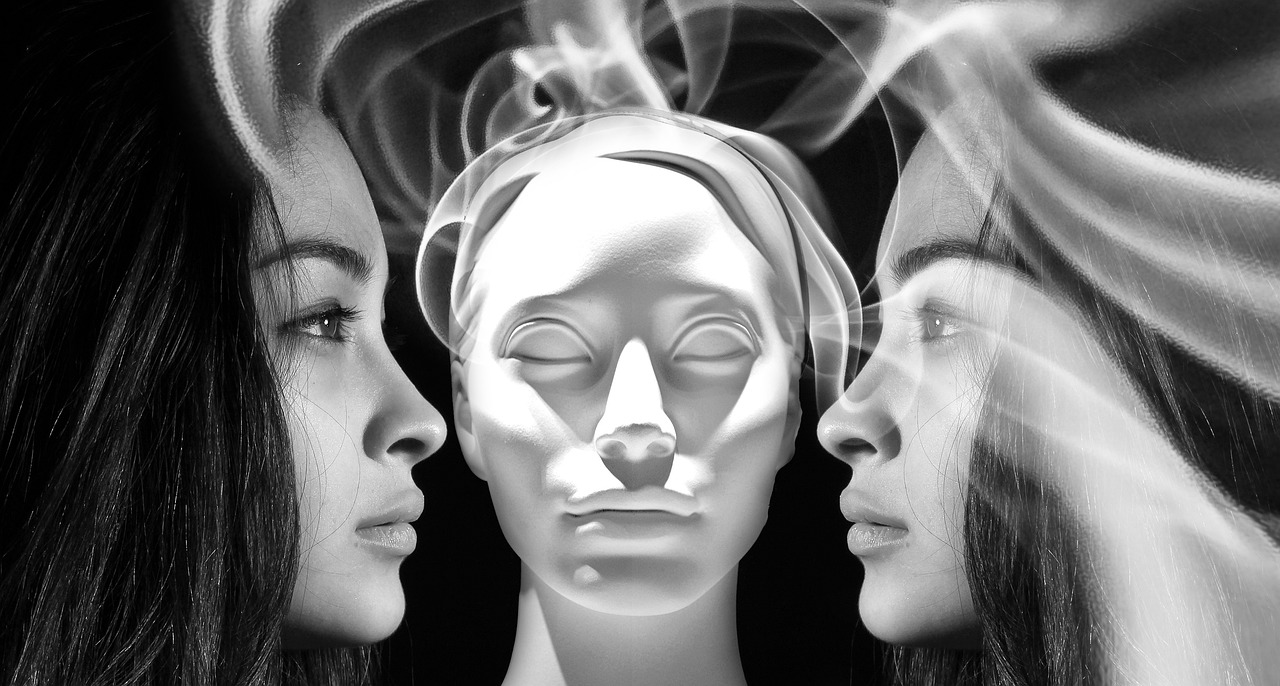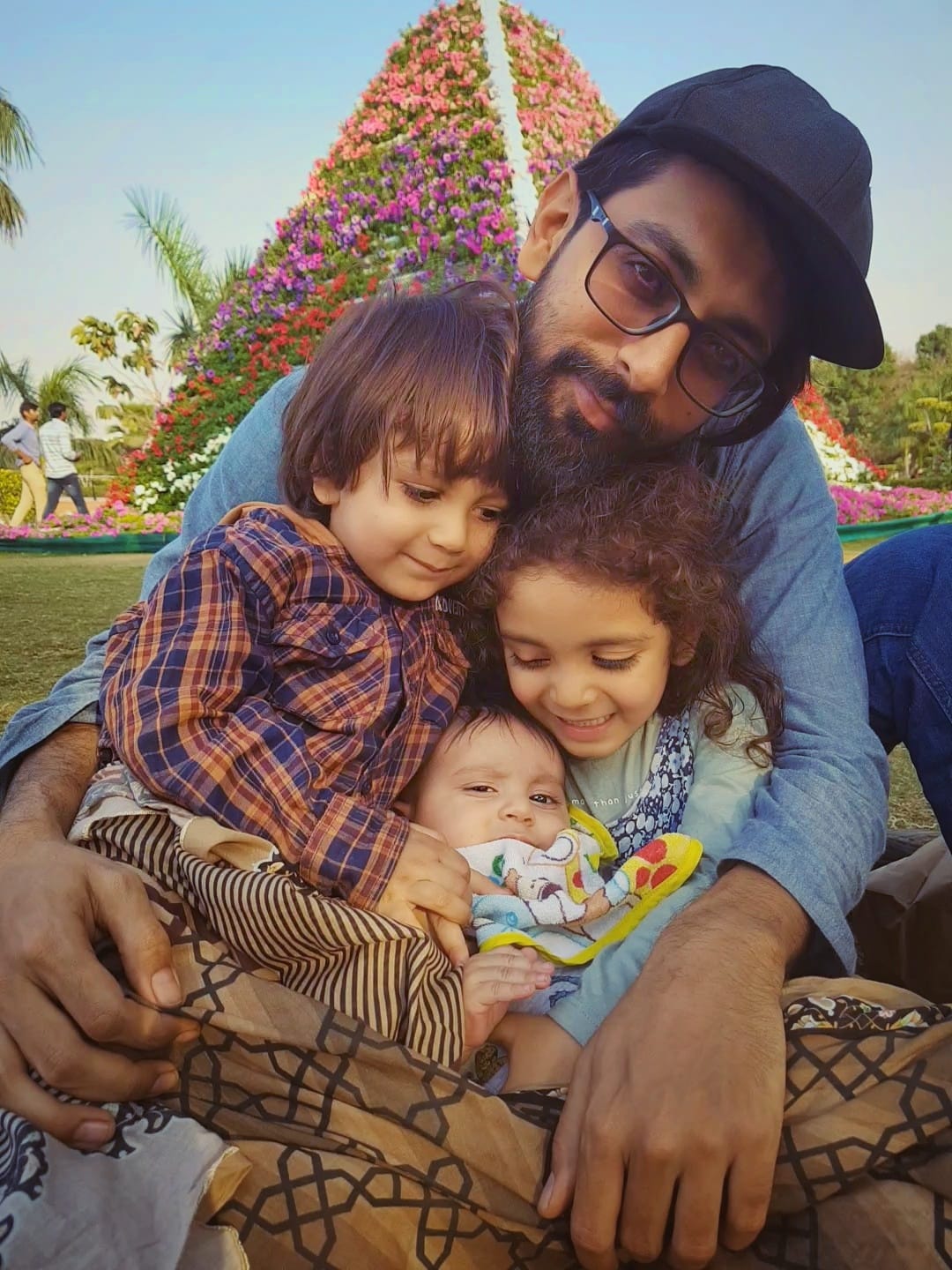🌙 Insomnia – Germanic Healing Knowledge (GHK) Perspective
“The body does not malfunction. Even sleeplessness is a meaningful biological response.”
— Germanic Healing Knowledge (GHK)

🧠 Biological Context
According to GHK, insomnia is not a disorder of the nervous system — it’s the body’s adaptive response to an active biological conflict.
The moment a person experiences a DHS (Dirk Hamer Syndrome) — an unexpected, highly emotional shock — the body enters sympathicotonia, the “stress” or conflict-active phase.
⚡ Conflict-Active Phase (Stress Phase)
During this phase, the autonomic nervous system shifts to constant alertness.
This heightened state is meant to keep the individual awake, aware, and ready to act until the perceived threat is resolved.
Typical Conflict Themes:
- “I must stay alert — it’s not safe to relax.”
- “Something terrible might happen if I fall asleep.”
- “I need to be in control — I can’t rest.”
- “I have to find a solution before it’s too late.”
Biological Purpose:
To increase alertness and vigilance so the person can respond quickly to danger or threat.
😴 Healing Phase (After Conflict Resolution)
Once the threat has passed or the conflict is emotionally resolved:
- The nervous system switches to vagotonia (relaxation phase).
- The body begins to restore energy, often resulting in deep sleep, fatigue, or exhaustion.
However, if the person reactivates the conflict (e.g., recurring worries, fear of losing control), they can remain stuck in partial or full sympathicotonia — leading to chronic insomnia.
🔄 Why Sleep Doesn’t Return Easily
- Conflict Relapses: Ongoing worries, recurring stress, or fear of not sleeping become new conflicts themselves (“Now I’m anxious about not sleeping!”).
- Nighttime Triggers: If the original shock occurred at night (e.g., receiving bad news or feeling unsafe), the body links darkness or bedtime with danger.
- Control Issues: The mind tries to “force sleep,” but sleep is parasympathetic — it only comes when surrender occurs.
🧩 Typical Examples (From GHK Cases)
- A mother stays awake night after night, fearing for her child’s safety — “I must be awake if something happens.”
- A man under job insecurity — “I can’t afford to relax; I have to find a way out.”
- After a break-in, a woman’s body remains alert even when the house is safe — a biological memory of “danger in my territory.”
💡 Biological Meaning
Insomnia is the body’s natural defense mechanism — a purposeful response to stay alert until safety is assured.
When safety is re-established, the body’s polarity flips:
- Sympathicotonia (alert, tense, sleepless) → Vagotonia (calm, healing, restful).
Only then can deep restorative sleep return.
🌿 Supporting the Resolution
- Acknowledge the Root Conflict
Ask gently:
- When did this sleeplessness begin?
- What was happening then?
- Was there something I needed to “stay awake” for?
- Recreate Safety
- Calming routines before bed (warm light, soft sound, prayer, gratitude).
- Symbolically “close the day” — signal to the subconscious that danger is over.
- Affirmations
- “I am safe now.”
- “It is okay to rest; my body knows how to heal.”
- “I release control and trust in divine order.”
- Physical Care
- Avoid stimulants (coffee, screens) during recovery.
- Use warmth and grounding (warm baths, feet on the floor, slow breathing).
🌸 Essence
“Insomnia is not an enemy. It is the body’s intelligent way of keeping us alert in times of perceived danger.”
Once the underlying fear or responsibility conflict is resolved, the body returns naturally to peace — and sleep returns as a sign that healing has begun.
📖 Key Insight from Björn Eybl
“Sleeplessness is the most direct indicator of conflict activity.
The moment a person truly feels safe again, the first healing symptom is sleep.”
— The Psychic Roots of Disease, p. 290

